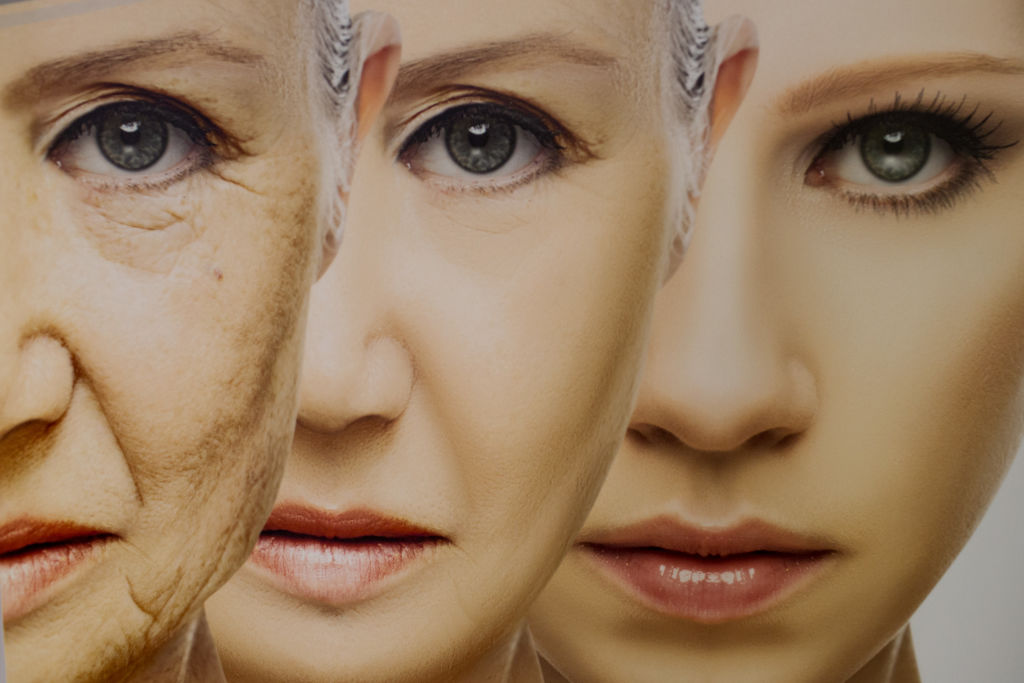Cell Banking and Its Role in Pharmaceutical Development and Production
(Photo: Single Use Support)
Cell banks, most commonly associated with the preservation of reproductive cells or stem cells, also play a crucial role in the development of revolutionary pharmaceutical products used in the treatment of various medical conditions such as cancer and autoimmune diseases.
But what exactly is the connection between cell banking and these medical achievements? To understand this, we need to delve into the concept of cell banks.
In essence, a cell bank is a collection of cells preserved outside a living organism for future use. Maintaining the viability of these cells requires meticulous handling and protection against thermal and physical stress. Therefore, cell banks typically freeze cells at ultra-low temperatures through a process known as cryopreservation, ensuring their functionality is preserved at temperatures below -150 °C (-238 °F).
Aside from reproductive cells and stem cells used in regenerative medicine, cell banking has made significant advancements in the production of biopharmaceuticals. As personalized medicine gains traction, where products like antibody therapies are customized for individual patients, and novel approaches in vaccine development emerge, a continuous supply of cellular material is crucial for the pharmaceutical industry. This includes mammalian cells, yeast, and bacterial cells.
To practically understand the involvement of cell banks in drug development and production, different types of cells are utilized based on specific manufacturing requirements and desired results. These cells can be categorized into non-mammalian cells (e.g., bacterial, yeast, plant, or insect cells) and mammalian cells, further divided into human cell lines and non-human cell lines like Chinese Hamster Ovary cells (CHO cells).
The nomenclature of cell banks at different production stages provides insight into their characteristics and functions, regardless of the cell type they are based on. Generally, there are four types of cell banks:
1. Research & Development cell bank: This initial stage serves to identify the optimal cell bank setup for producing a biopharmaceutical product with desired qualities. It eventually leads to the creation of a Master cell bank.
2. Master cell bank: Functioning as a blueprint, the Master cell bank is used to generate Working cell banks. These are responsible for producing larger quantities of a specific pharmaceutical product, making them integral in biopharmaceutical manufacturing at both small and large scales. After production concludes, an End-of-Production cell bank is established for documentation purposes.
The role of cell banks extends beyond drug development to novel cell-based therapies. These therapies offer promising solutions for various cancer types, infectious diseases, and autoimmune disorders, using cell banks for administration as cell therapies or as expression systems for therapeutic proteins.
Vaccine development, in particular, has witnessed the growing importance of cell banks. mRNA vaccines and viral vector vaccines rely on cell-based expression systems to produce bioengineered proteins. Viral vectors are also being studied for gene therapies aimed at treating diseases like cancer, diabetes, and cystic fibrosis.
Moreover, recombinant antibodies and other proteins have both diagnostic and therapeutic applications, offering valuable treatment options for different cancer types and infectious diseases. These biopharmaceuticals are also produced through cellular expression systems.
These examples merely scratch the surface of the innovative therapies that rely on cell banking either in their production processes or mechanisms of action. With ongoing research in personalized medicine and other fields, there is widespread anticipation for the potential breakthroughs that can be achieved through further advancements in cell banking.
Source: TechTimes
* This is a contributed article and this content does not necessarily represent the views of TechTimes.

I have over 10 years of experience in the cryptocurrency industry and I have been on the list of the top authors on LinkedIn for the past 5 years. I have a wealth of knowledge to share with my readers, and my goal is to help them navigate the ever-changing world of cryptocurrencies.




